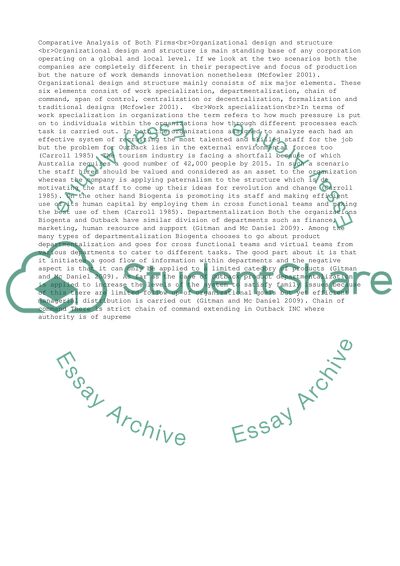Cite this document
(“Comparative Management Analysis of Two Firms. (Biogenta and Outback Assignment”, n.d.)
Retrieved from https://studentshare.org/management/1398015-comparative-management-analysis-of-two-firms-biogenta-and-outback-inc
Retrieved from https://studentshare.org/management/1398015-comparative-management-analysis-of-two-firms-biogenta-and-outback-inc
(Comparative Management Analysis of Two Firms. (Biogenta and Outback Assignment)
https://studentshare.org/management/1398015-comparative-management-analysis-of-two-firms-biogenta-and-outback-inc.
https://studentshare.org/management/1398015-comparative-management-analysis-of-two-firms-biogenta-and-outback-inc.
“Comparative Management Analysis of Two Firms. (Biogenta and Outback Assignment”, n.d. https://studentshare.org/management/1398015-comparative-management-analysis-of-two-firms-biogenta-and-outback-inc.


